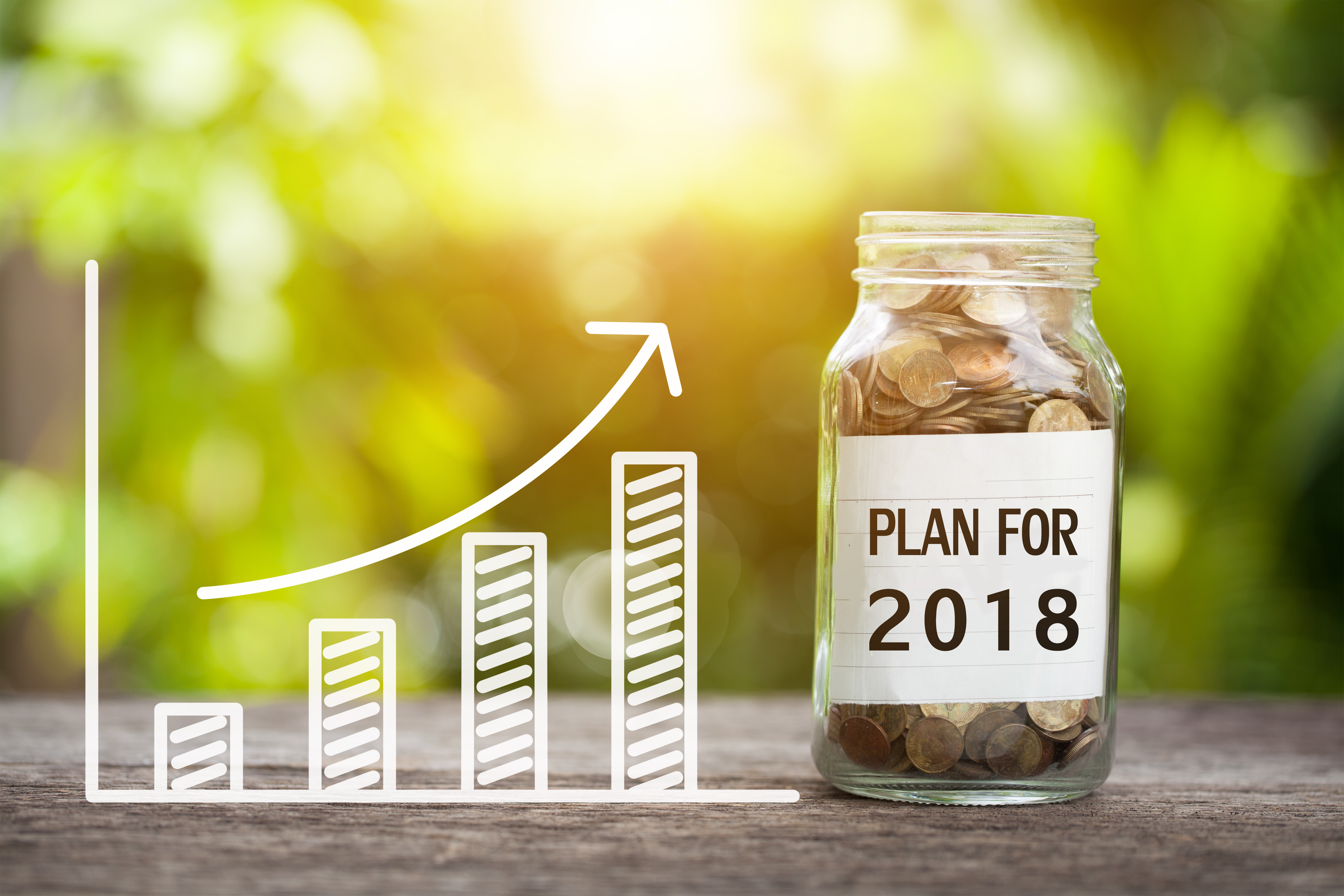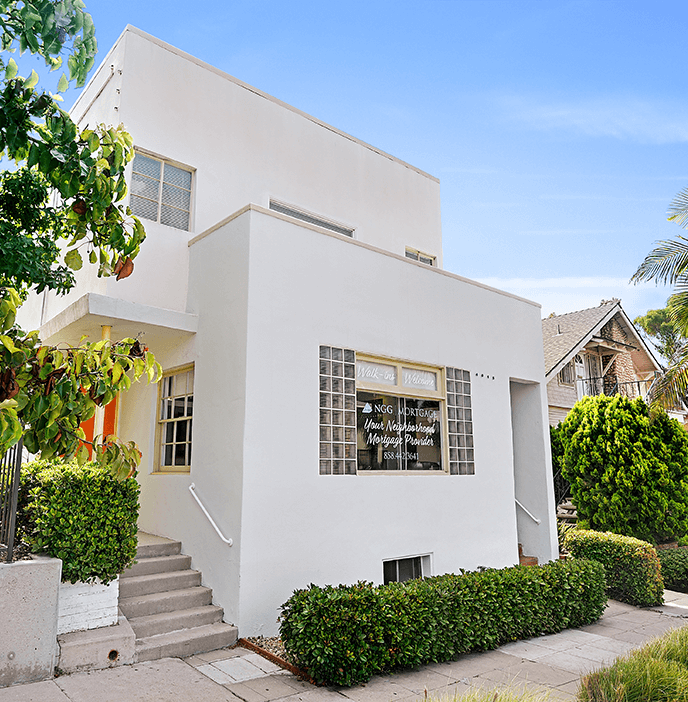
Is Now a Good Time to Buy?
We’re in Spring of 2018, and home prices throughout Southern California are reaching all-time highs due to high demand, low inventory, low mortgage interest rates, and a strong economy. Lately, mortgage rates have been on the rise, which has slightly hurt affordability levels. Many San Diegans are on the fence on whether to buy or continue renting. At the time of this article, the note rate is hovering around 4.3% (4.4% APR) on a 30yr fixed rate mortgage with a loan amount of $400,000.00 and 20% down. Just last year, in October, Conventional 30yr fixed rates were in the high-3% range. I sympathize with one’s psyche, in that getting a great deal on a rate and purchase price may have passed, therefor, it’s better to continue renting. There are two main reasons why that’s the wrong way to think. Note: I personally just purchased a home in Cardiff by the Sea, in December 2017, so what I’m saying is spoken from experience.
First, the average Conventional 30yr fixed note rate over the past 30 years is in the high-6% range. We’ve had mortgage rates as high as 18.63%, and we’ve had rates as low as 3.31%. On a $400k loan amount, with a 6.75% note rate (6.84% APR), the monthly payment would be $2,594.00 based on principal and interest. Compare that to today’s average rate of 4.3% (4.4% APR), the payment on a $400k loan amount today would be $1,979.00 per month. Just for kicks, let’s compare today’s market with the average 30yr Fixed Rate in October 2017, which was around 3.875% (3.97% APR). That payment would be $1,880.00 per month. As you can see, today we’re not that far off from the all-time lows in Q4 2017. Today’s rates are still phenomenal in comparison to the average 30yr rates over the past 30 years. In general, mortgage experts and economists do believe that rates will continue trending towards the 30-year average over the next five years.
The second benefitting factor of home ownership is the mortgage interest write-off through personal income taxes. For a couple, mortgage interest can be written off on loan amounts up to $750,000.00. How much of an interest write-off one receives is based on the loan amount and the average tax bracket they are in. It is extremely wise to consult a CPA to discuss more detailed figures based on one’s custom scenario. The quotes I show are only provided through experience and not to be deemed as fact. With that said, it’s customary in our industry to quote that roughly 30% of one’s interest paid will be returned to them. For example, on a $400k loan amount based on a 4.3% rate, the principal and interest payments add up to $23,748.00 ($1,979.00 x’s 12 months) annually. $6,548.00 is being applied to principal, which is how you buydown your loan amount. The remaining $17,200.00 is interest… basically, the banks profit for lending you the money. The rule-of-thumb is that 30% of the yearly interest paid will come back to the Mortgagee, which in this scenario, is $5,160.00. What I tell my clients is that if you typically get back $2,000.00 from Federal Taxes, it’s now expected that you’ll get back $7,160.00. It’s also smart thinking when you realize that yes, the true payment on this scenario may be $1,979.00 per month, but based on the interest write-off, your hypothetical payment is $1,549.00 per month ($5,160.00 divided by 12 = $430.00… $1,979.00 – $430.00 = $1,549.00). In closing, there are so many reasons why buying a home now is smart, including: pride of ownership, protection from rising rents, a balanced investment portfolio, and the intrinsic benefits both the homeowner and community reaps. Above all, the most important reason buying now vs. later is because mortgage rates are so low, so money is cheap, and the interest write-off benefits will typically make owning a home much smarter than renting in the long-term.
